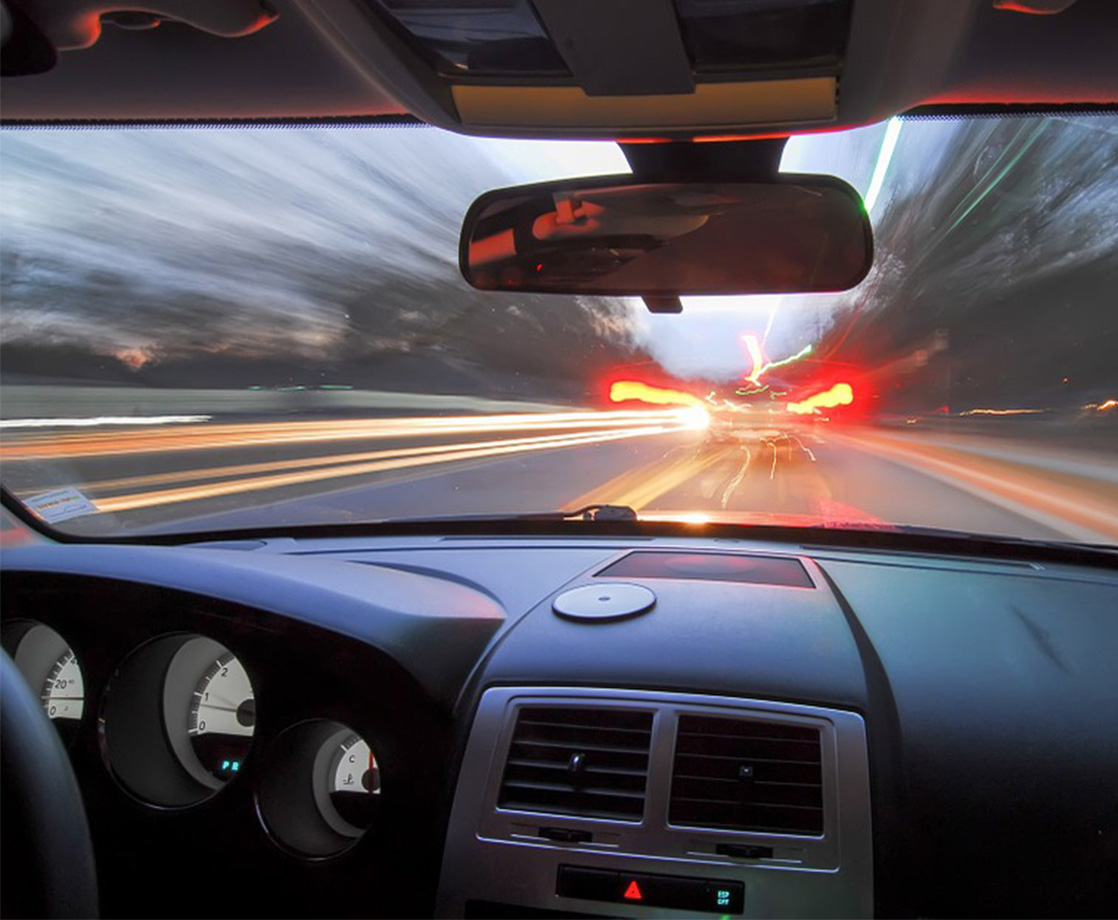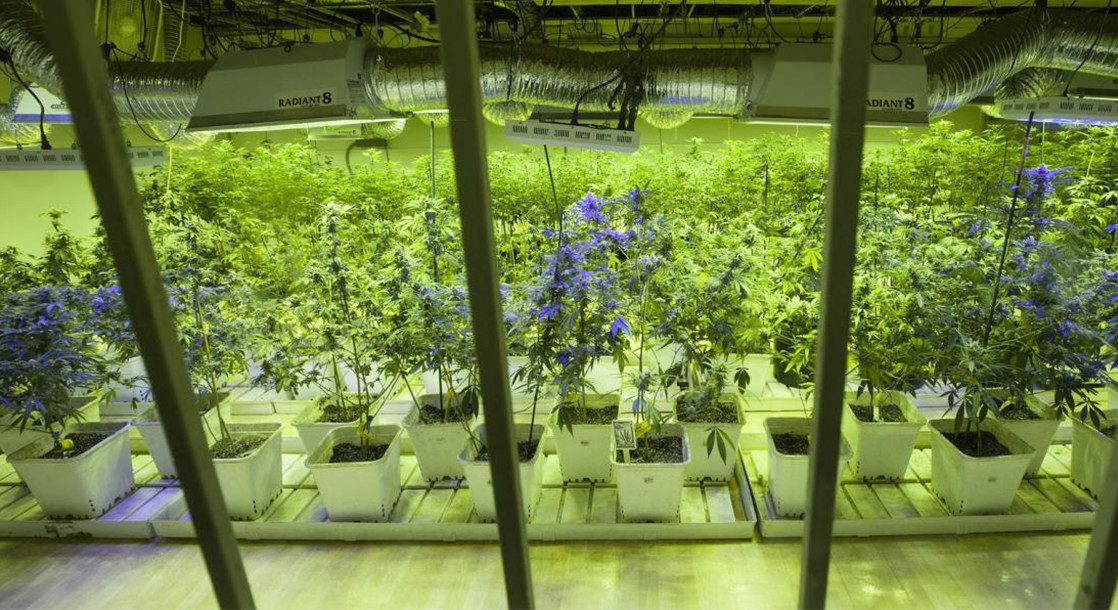Lead image via
If you’re going to smoke cannabis, how long should you wait before getting behind the wheel of a car? What about if you ate that cannabis in the form of an edible? What if you took a dab instead?
As legalization continues to spread to more states and nations, driving under the influence is becoming an increasingly hot button topic. But while police departments divise arbitrary rules about acceptable THC levels and test new breathalyzers to catch speeding smokers, it turns out that most cannabis users are still largely in the dark about proper protocols for post-consumption travel.
In a new report from California cannabis delivery app Eaze published late last week, and first reported by Fast Company, researchers surveyed 500 Golden State drivers who had consumed pot in the last 30 days, and they found a shocking variance in opinions about the touchy subject.
On a whole, 81 percent of respondents said that they were aware that driving under the influence of cannabis was illegal. From there, though, the common sense numbers start to skew. 62 percent of respondents said that they were unaware of specific penalties for driving while high, suggesting a perceived difference between driving under the influence of alcohol and weed. 20 percent of survey takers said they drove within one hour of consuming cannabis, while 64 percent said it was safe to drive four hours after consuming. 77 percent of all respondents said that they felt weed has no effect on their driving ability at all.
“The most interesting finding is that while 81 percent of respondents are aware that driving under the influence of cannabis is illegal, there is no consensus at all about how much is safe to consume, or how long you should wait after consumption to drive,” Peter Gigante, Eaze’s head of policy research, told Fast Company. “It is illegal to drive impaired. That’s the law. It doesn’t matter if impairment is caused by cannabis, alcohol, over-the-counter medications, prescriptions, or illegal drugs. Unlike alcohol, there is no legal limit on cannabis (also known as a per se limit), which is why consumer education is so vitally important.”
Since cannabis intoxication is so difficult to measure, current statistics on the real world dangers of driving while high are still largely preliminary. Some researchers claim there have been spikes in car crash fatalities since legalization, but others report little or no change in traffic accidents at all.
“Driving while impaired by a controlled substance is a crime in all 50 states — whether or not the substance in question is licit or illicit makes no difference to the traffic safety laws,” Paul Armentano, the Deputy Director of NORML, told MERRY JANE in an email. “While a handful of states have imposed arbitrary per se limits for the trace presence of THC, most jurisdictions have not. This is because such limits are not evidence-based and risk criminalizing drivers who present no traffic safety risk, and are no longer under its influence.”
Since, THC may be present in blood for longer than the amount of time someone is impaired after consuming cannabis, “traffic safety experts like the US National Highway Traffic Safety Administration and others opine against the imposition of such standards for cannabis,” Armentano wrote.
He continued: “Experts estimate that cannabis’ acute psychomotor impairment phase lasts approximately 60-minutes following inhalation, with residual impacts lasting some time after. As a result, some experts recommend a period of refraining from driving for six-hours following cannabis use.”
Drugged driving will undoubtedly continue to be a contentious topic in the world of weed. And for companies like Eaze, pushing consumers to follow the letter of the law is both a good way to encourage safe, compliant behavior, and to pad their bottom line. After all, less stoned drivers means a lot more dispensary delivery orders.
Follow Zach Harris on Twitter











